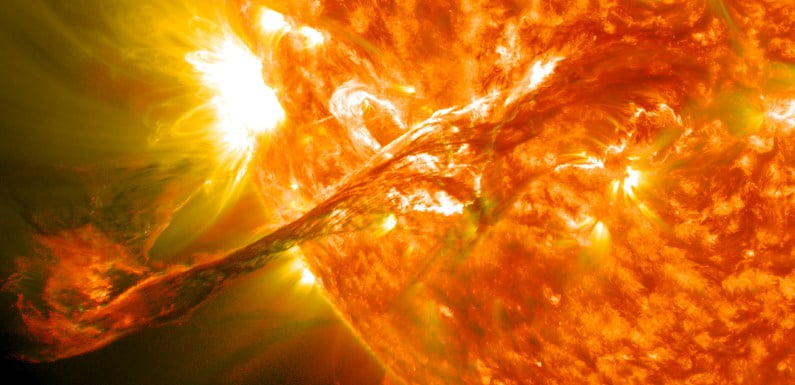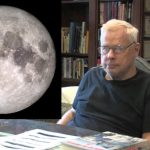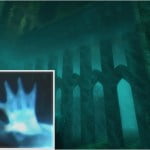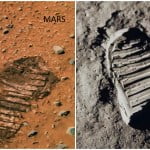
A group of scientists, including professor Albert Zijlstra from the School of Physics & Astronomy, University of Manchester, have come to an agreement that the sun will stop existing in approximately 10 billion years.
The scientists suggested that the sun will turn into a ring of glowing, interstellar gas and dust or also known as the planetary nebula.
“When a star dies it ejects a mass of gas and dust — known as its envelope — into space,” said Prof Zijlstra in a press release.
“The envelope can be as much as half the star’s mass. This reveals the star’s core, which by this point in the star’s life is running out of fuel, eventually turning off and before finally dying.
“It is only then, the hot core makes the ejected envelope shine brightly for around 10,000 years — a brief period in astronomy. This is what makes the planetary nebula visible. Some are so bright that they can be seen from extremely large distances measuring tens of millions of light years, where the star itself would have been much too faint to see.”
Experts previously established that over 90% of the stars will one day convert into a planetary nebula. However, scientists weren’t certain whether the sun will eventually experience the same destiny.
In order to find out, the team of scientists formed a modern stellar model aimed towards foretelling the ‘wheel of life’ of the stars.
This model predicted the brightness of the envelope that discharges for different kind of stars relating their age and mass.
Scientists discovered that it’s possible to detect how distant is the galaxy from the presence of its brightest planetary nebula.
“Old, low mass stars should make much fainter planetary nebulae than young, more massive stars. This has become a source of conflict for the past for 25 years,” said Prof Zijlstra.
“The data said you could get bright planetary nebulae from low mass stars like the sun, the models said that was not possible, anything less than about twice the mass of the sun would give a planetary nebula too faint to see.”
According to the model, as soon as the envelope ejects, stars heat up three times faster. This was contrary to the past discoveries of the foundation of the models. Therefore, it is much easier for a low mass star like the sun is, to convert into a planetary nebula.
The new model revealed that the sun is exactly the lowest mass star that still produces a visible planetary nebula. Even stars which are a few percents lower don’t.
“We found that stars with mass less than 1.1 times the mass of the sun produce fainter nebula, and stars more massive than 3 solar masses brighter nebulae, but for the rest, the predicted brightness is very close to what had been observed. Problem solved, after 25 years,” said professor Zijlstra.
“This is a nice result. Not only do we now have a way to measure the presence of stars of ages a few billion years in distant galaxies, which is a range that is remarkably difficult to measure, we even have found out what the sun will do when it dies!”
The study is available in the journal Nature Astronomy.









